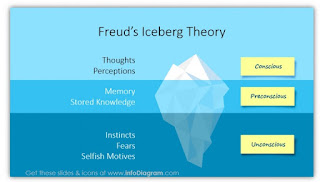Different Types of Lighting
Different Types of Lighting
Lighting plays a key role in moving image; "Lighting is fundamental to film because it creates a visual mood, atmosphere, and sense of meaning to the audience"-David Lynch (2013). The correct use of lighting tells the audience where to look on the screen, can be indicative of the character's psych key and often contributes to the genre that the film is classified as.
In the photography studio, we used a three point lighting set up with various different types of lighting to explore how this affected the atmosphere and mood of the footage.
Rembrandt Lighting
Rembrandt Lighting is a popular lighting set up named after the Dutch painter Rembrandt who used this particular style of lighting within his portraits int he 17th century. It is made up of one light source illuminating half of the face, and a triangle of light illuminating the other side of the face below the eye, known as a chiaroscuro. The light source must be higher than and at a 45 degree angle to the subject.
Edge/ Split Lighting
In split lit shots, half of the face is illuminated and half is cast in shadow, this is created by placing the key light to one side of the face; it can convey a sinister sense to an audience as it gives a dark and mysterious quality to the character. Johnathon Demme used split lighting frequently throughout Silence of the Lambs to portray the character Hannibal Lecter's malevolence.
Butterfly Lighting
Butterfly Lighting was a popular choice of lighting in the 1930s with Hollywood portrait photographers due to it defining and glamorising the composition's features. Butterfly lighting is characterised by a butterfly shaped shadow above the nose and is created by a light being placed at a 20-75 degree angle above the composition.
High-key Lighting
High-key lighting is when a large light source is used which creates a lower contrast, no or soft shadows and most of the tones in the footage are in the highlight region. The light source typically used to create high key lighting is sunlight, however a film light and a diffuser can have the same effect if it is set up correctly.
Low-Key Lighting
Low-key lighting is when there is a higher amount of contrast created by smaller light sources. As shown in the footage and screen caps below, shadows have more depth due to the predominantly darker tones coming through in the footage, making it vastly more dramatic than high-key lighting.
Whilst working in the studio, I recognised areas and equipment that could pose a hazard throughout the process of filming. Studio lights pose a burn hazard due to them emitting heat when they are switched on and used continuously throughout shooting, keeping the lights a distance away from the compositions skin, ensuring that the lights are moved by their handles on the rail and making everyone aware of the hazard meant that this hazard was minimised.












Comments
Post a Comment